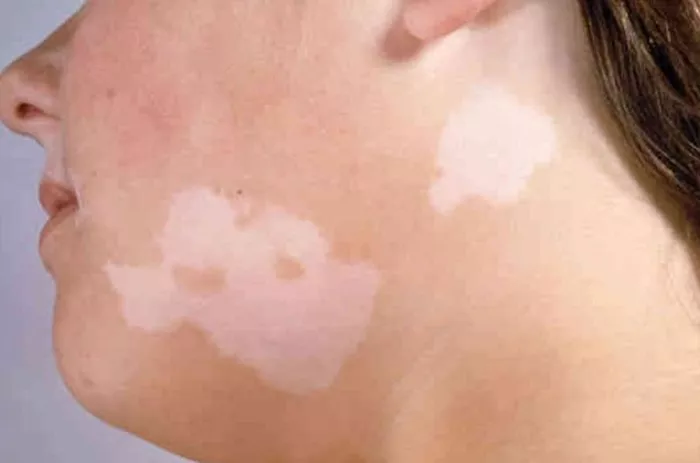As temperatures rise and summer break begins, dermatologists are urging teens to adjust their skincare routines to meet the demands of the season. Between stronger sun exposure, increased sweating, and heightened oil production, the skin faces more challenges in summer—and experts say a few smart changes can make a big difference.
Teen skincare has become a major trend, especially on platforms like TikTok, where middle and high school students regularly post their skincare regimens. But despite the wealth of content available, many teens still struggle to identify what their skin truly needs—especially when environmental factors shift with the season. To help cut through the noise, board-certified dermatologists have outlined six simple and effective steps teens can follow to protect their skin all summer long.
1. Choose Season-Appropriate Products
In hot and humid conditions, heavier skincare products can clog pores and trigger breakouts. That’s why Dr. Rachel Nazarian, a board-certified dermatologist with the Schweiger Dermatology Group in New York City and partner at Proactiv, recommends switching to lightweight, oil-free, non-comedogenic formulas during the summer months. These products help maintain a fresh, breathable feel without sacrificing hydration.
Importantly, a summer skincare update doesn’t require a total overhaul. Many teens may already be using products that fit these criteria—they just need to check labels for terms like “oil-free” and “non-comedogenic.” If in doubt, visiting the product’s official website can provide clarity on its ingredients and suitability for summer use.
2. Keep Skin Clean and Hydrated
Daily cleansing is essential, especially when outdoor activity and heat lead to more sweat and debris on the skin. But Dr. Mamina Turegano, a triple board-certified dermatologist and member of the Personal Day advisory board, cautions against over-washing, which can strip the skin of its natural protective barrier. She recommends washing your face twice a day—once in the morning and again before bed—with a gentle cleanser.
Hydration is just as important, even for oily or acne-prone skin. “Moisturizing is essential, particularly if you’re using acne treatments that can dry out your skin,” says Dr. Turegano. A lightweight gel or lotion can lock in moisture without clogging pores. Consistent hydration helps balance the skin and support its ability to recover from sun exposure and treatment-related irritation.
3. Don’t Skip Active Ingredients—But Always Use Sunscreen
Sunscreen is a non-negotiable year-round, and summer is no exception. While some may believe active skincare ingredients like retinoids or exfoliants should be stopped in sunnier months, dermatologists say that’s unnecessary if proper sun protection is in place. “If you’re treating acne, sticking to your routine is key—even if your schedule changes over summer,” says Dr. Nazarian.
However, active ingredients can increase the skin’s sensitivity to sunlight. That’s why Dr. Turegano stresses the importance of sunscreen application—15 to 20 minutes before going outside—to allow the product to absorb fully. She recommends following the “two-finger rule,” using two fingers’ length of sunscreen for the face, and not forgetting high-risk areas like the ears and the back of the neck, which are often exposed but overlooked.
4. Reapply Sunscreen Regularly
Sunscreen’s protective effects are not permanent, especially when outdoor activity includes swimming or sweating. “Sunscreen wears off after a few hours, so reapplication is essential to maintain protection,” explains Dr. Nazarian. She advises reapplying every two hours or immediately after sweating or water exposure.
For those who prefer spray sunscreens, Dr. Turegano says proper technique is crucial. “You need to spray more than you think, keep the bottle close to your skin, and then rub it in to ensure even coverage,” she advises. Without these steps, spray formulas can result in patchy protection, leaving some areas vulnerable to sun damage.
5. Stick to Lightweight Makeup
In summer, a lighter touch with makeup can help prevent irritation and breakouts. “Heavy foundations and layers of product trap heat and sweat, which can aggravate acne,” says Dr. Nazarian. She recommends a minimalist approach that prioritizes breathability over full coverage.
For teens looking to achieve a polished look without the weight of traditional foundation, tinted sunscreens offer a multitasking solution. Many even include SPF, allowing for sun protection and complexion evening in one step. Some bronzing formulas with SPF can also enhance glow while shielding the skin. According to Dr. Nazarian, using sun-protective makeup consistently may even help reduce discoloration and fade acne scars over time.
6. Add Physical Protection and Avoid Peak UV Hours
Sunscreen is essential, but it isn’t enough on its own. Dr. Nazarian encourages teens to supplement their skincare with physical barriers like wide-brimmed hats and sunglasses. These accessories help shield sensitive areas such as the scalp, eyes, and upper cheeks, where sun exposure is especially intense.
Timing also matters. “Try to avoid outdoor activities between 11 a.m. and 2 p.m., when UV rays are strongest,” Dr. Nazarian advises. Instead, aim for early morning or late afternoon sessions. Dr. Turegano adds that a basic baseball cap and a favorite pair of sunglasses, paired with correctly applied sunscreen, can go a long way in protecting teen skin. “You don’t need the latest trendy gadgets to take care of your skin,” she says. “Stick to what works, and treat your skin with kindness.”
Related Topics































